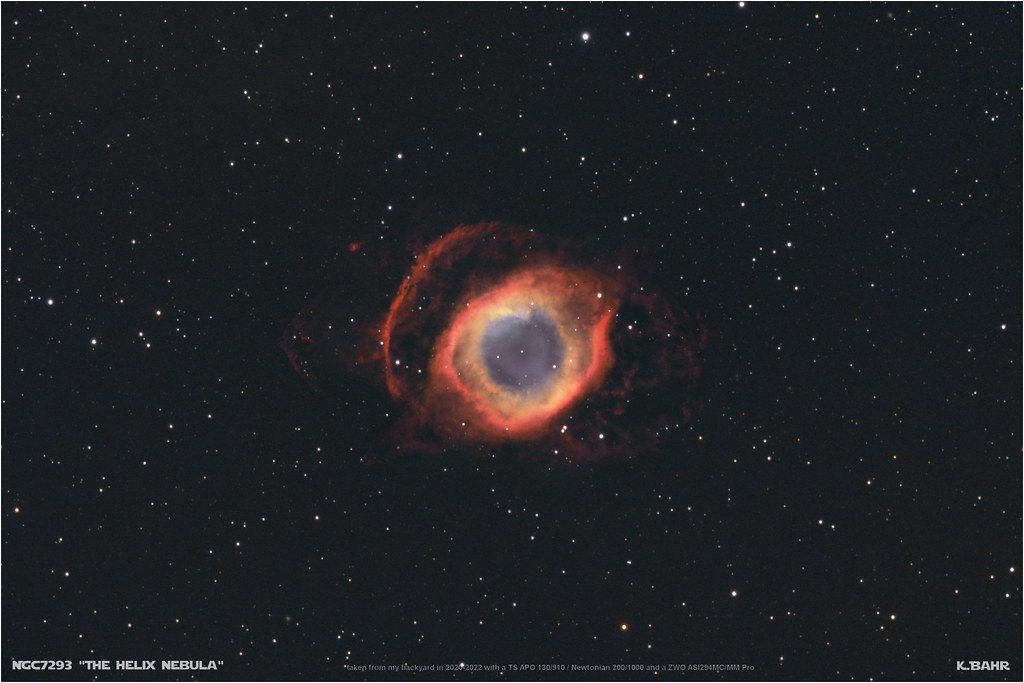Throughout history, the field of astronomy has expanded our understanding of the universe and our place within it. From ancient stargazers to modern astrophysicists, humanity has consistently sought to unravel the mysteries of the cosmos. This curiosity and thirst for knowledge have driven incredible discoveries that not only shifted our perspective of the universe but also influenced countless aspects of science and technology. In this article, we explore 12 revolutionary discoveries in astronomy that forever changed the landscape of science.
Copernican Heliocentrism

In the 16th century, Nicolaus Copernicus proposed a paradigm-shifting model of the solar system that placed the Sun, rather than the Earth, at its center. This heliocentric model dethroned the long-standing geocentric model supported by the Ptolemaic system. By challenging conventional thinking, Copernican heliocentrism paved the way for a more accurate understanding of planetary motions and laid the groundwork for subsequent astronomical discoveries.
The Laws of Planetary Motion
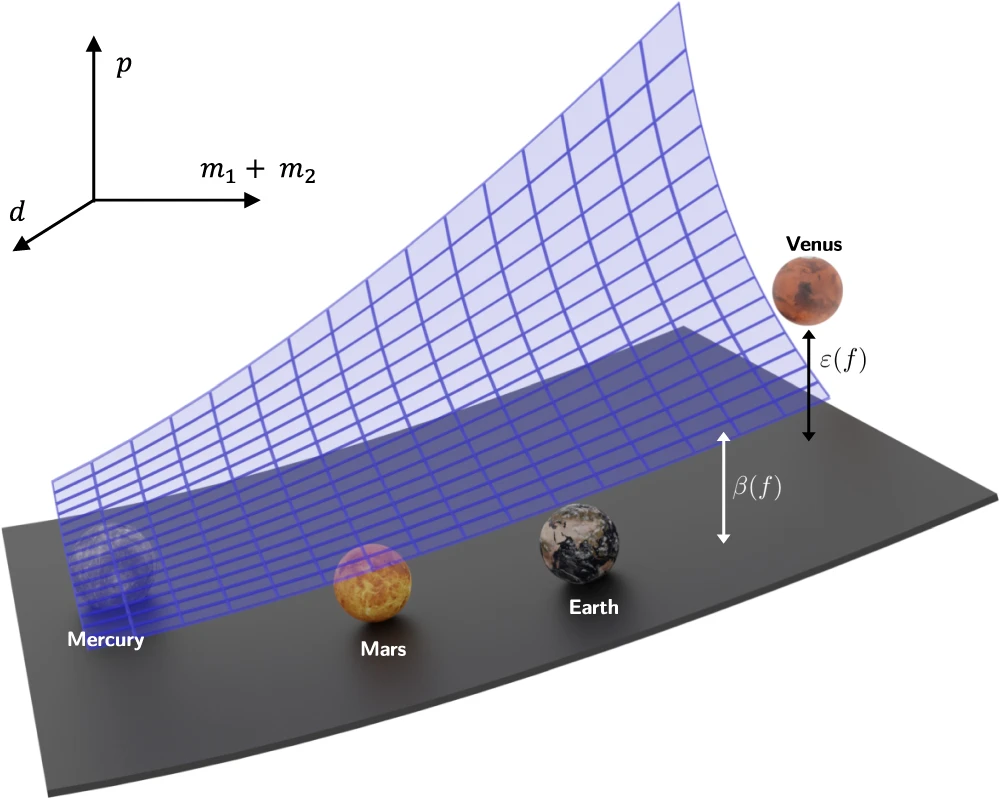
Johannes Kepler’s formulation of the laws of planetary motion in the early 17th century provided a mathematical description of the orbits of planets around the Sun. These laws determined that planets move in elliptical orbits, with varying speeds, and allowed astronomers to predict planetary positions more accurately. Kepler’s work built upon the observational data collected by Tycho Brahe and fundamentally transformed celestial mechanics.
Galileo’s Telescope Observations
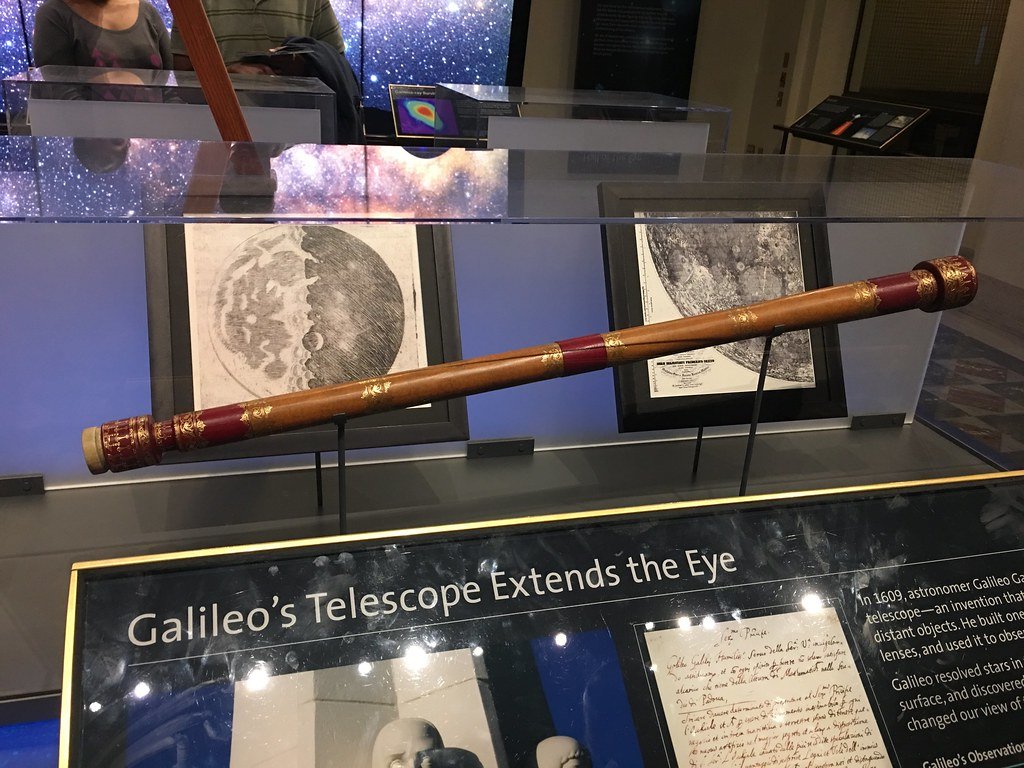
In 1609, Galileo Galilei pointed his telescope towards the heavens, making groundbreaking observations that contributed significantly to the field of astronomy. He discovered the moons of Jupiter, the phases of Venus, and the rugged surface of the Moon, challenging the notion of perfect celestial spheres. His findings provided strong support for the Copernican model and highlighted the potential of telescopic observations in scientific inquiry.
Newton’s Law of Universal Gravitation

Isaac Newton’s law of universal gravitation, published in 1687, unified the physics of the heavens and the Earth under one principle. By introducing the idea that gravity is a universal force acting between all bodies with mass, Newton’s theory explained the motions of celestial bodies and offered a quantitative framework for predicting their behavior. This discovery was instrumental in advancing both astronomy and physics.
The Discovery of Uranus
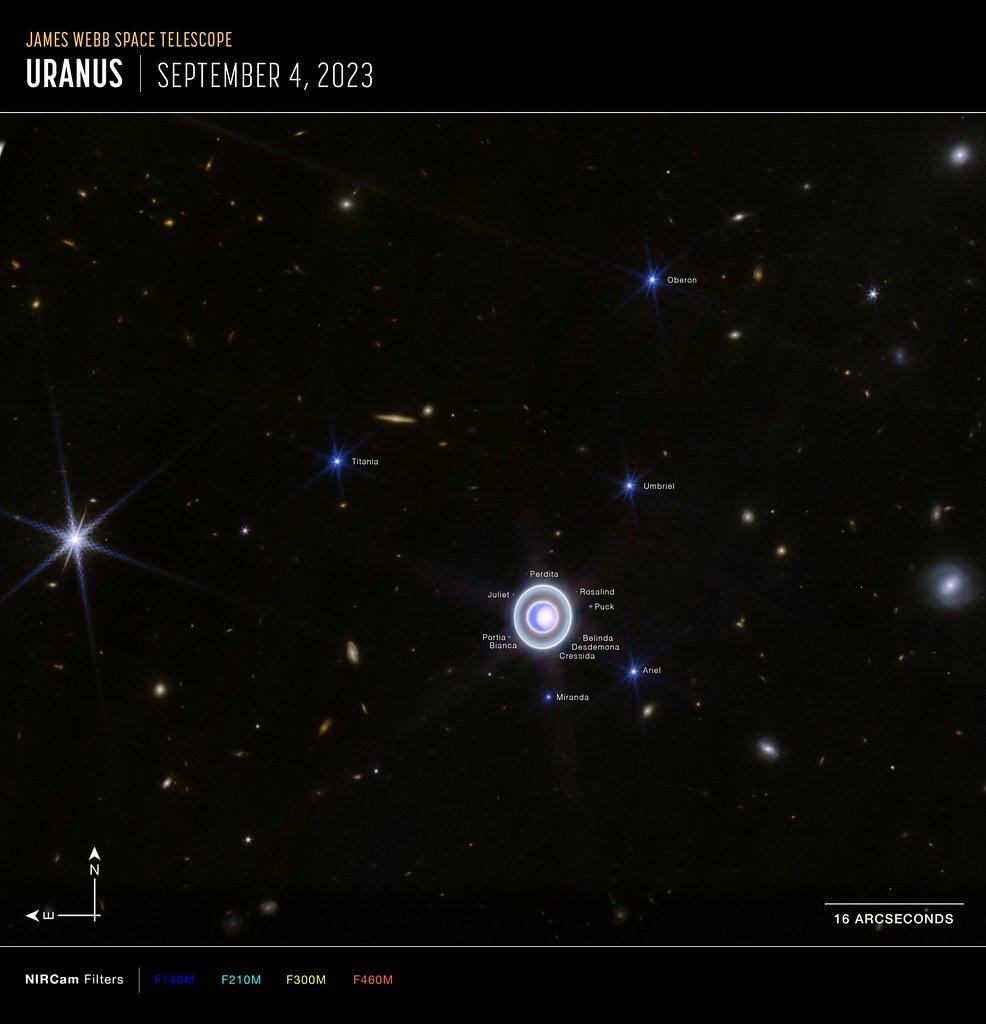
The 1781 discovery of Uranus by William Herschel expanded the known boundaries of our solar system. As the first planet discovered with a telescope, Uranus challenged existing astronomical paradigms and spurred the search for other unknown planetary bodies. It marked a turning point in astronomical exploration and underscored the importance of technology in advancing scientific knowledge.
The Big Bang Theory

The dawn of the 20th century brought forth the Big Bang Theory, which posited that the universe began from an extremely dense and hot initial state. Proposed by Georges Lemaître and later refined by others, this theory revolutionized our understanding of the universe’s origins, growth, and evolution. The theory is supported by observational evidence, such as cosmic microwave background radiation, offering insights into the early universe and its expansion.
The Redshift and Expanding Universe
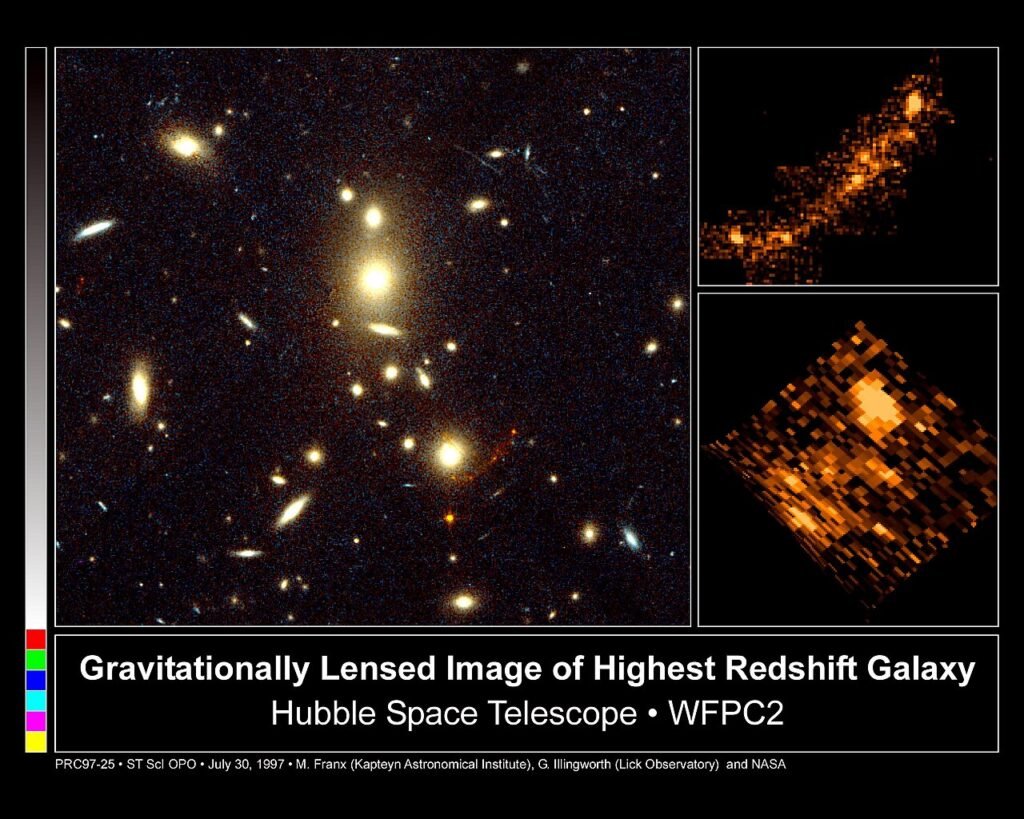
Edwin Hubble’s observations in the 1920s revealed that galaxies are moving away from us, with their velocities proportional to their distance. This phenomenon, known as redshift, provided compelling evidence for the expanding universe theory. Hubble’s discoveries supported the Big Bang Theory and altered our fundamental conception of the cosmos, suggesting a universe much larger and older than previously imagined.
Cosmic Microwave Background Radiation
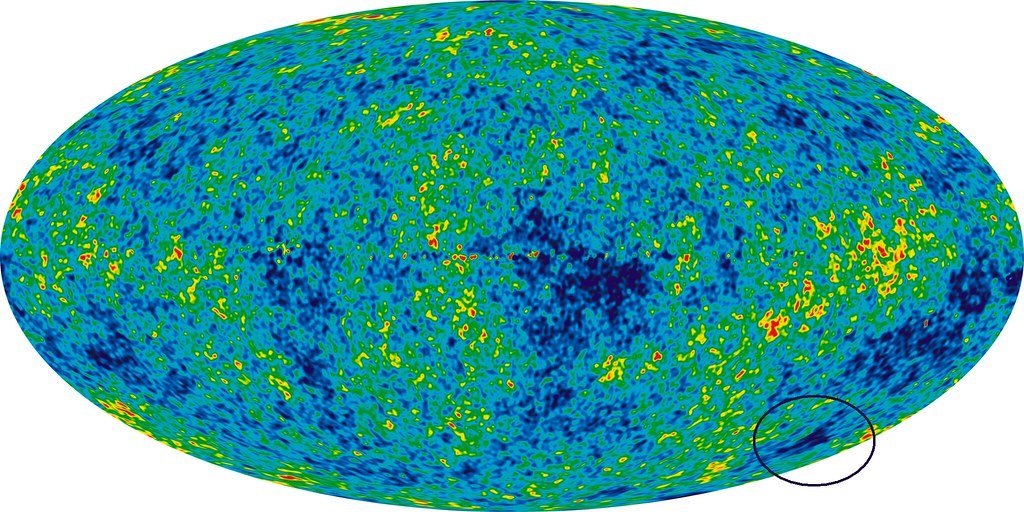
In 1964, Arno Penzias and Robert Wilson detected faint microwave radiation permeating space, identified as the cosmic microwave background radiation. This discovery provided crucial evidence for the Big Bang Theory, supporting the idea that the universe was once in a highly dense and hot state. The cosmic microwave background serves as a “snapshot” of the early universe, offering insights into its initial conditions and subsequent evolution.
The Discovery of Exoplanets

The 1990s marked the discovery of the first exoplanets, planets orbiting stars outside our solar system. These discoveries have significantly expanded our understanding of planetary systems and challenged our ideas about planet formation. Identifying diverse exoplanetary systems has fueled exploration into the possibility of life beyond Earth and has spurred advancements in technology and observational techniques.
Dark Matter and Dark Energy
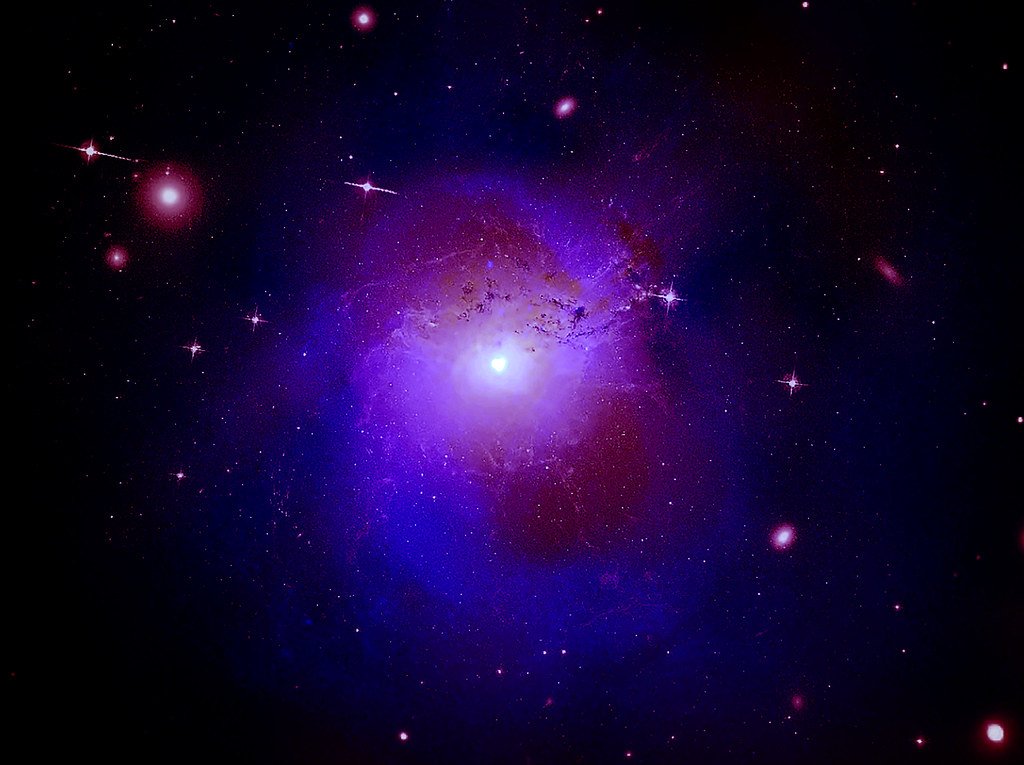
Astronomical observations in the late 20th century revealed that most of the universe is composed of mysterious substances known as dark matter and dark energy. These elusive components, which do not emit light and are invisible to current instruments, account for about 95% of the universe’s total mass-energy content. Understanding these phenomena remains one of the greatest challenges in modern astrophysics, with ongoing efforts to unveil their nature and implications.
Gravitational Waves
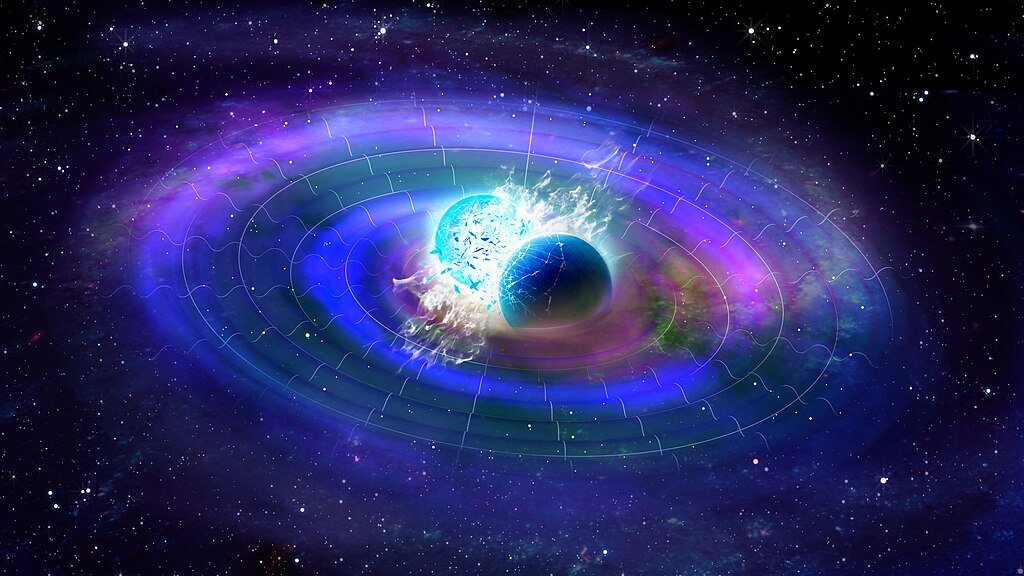
Predicted by Einstein’s theory of general relativity, gravitational waves were first directly observed in 2015 by the LIGO observatory. These ripples in spacetime, caused by massive cosmic events like colliding black holes, opened a new window into the universe. The detection of gravitational waves provides an innovative method for exploring astrophysical phenomena and strengthens the study of the fundamental laws of physics.
Mapping the Cosmic Web
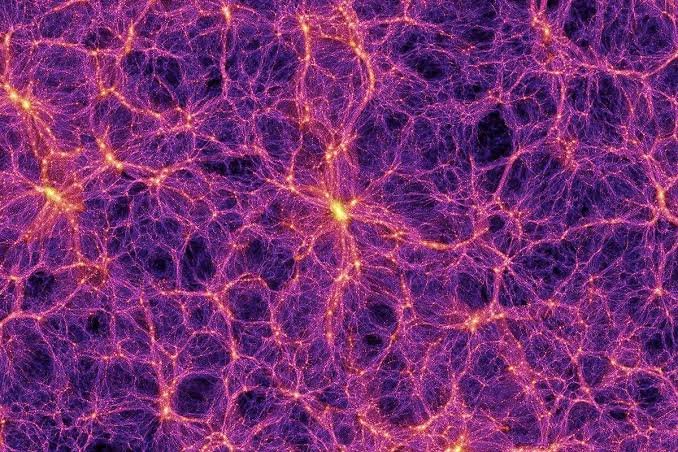
The cosmic web structure of the universe, consisting of galaxies and galaxy clusters interconnected by vast filamentary structures, has been unveiled through large-scale sky surveys. Understanding this vast cosmic architecture has deepened our comprehension of galaxy formation and the large-scale distribution of matter. The cosmic web continues to offer profound insights into the dynamic and interconnected nature of the universe.
From ancient astronomical observations to modern breakthroughs in astrophysics, each discovery has broadened our horizons and deepened our understanding of the universe. These revolutionary findings not only advance scientific knowledge but also inspire the pursuit of future discoveries, propelling humanity’s exploration of the cosmic wonders that lie beyond our view.

